
Filter News
Area of Research
- (-) Energy Science (51)
- (-) Nuclear Science and Technology (5)
- Advanced Manufacturing (3)
- Biological Systems (1)
- Biology and Environment (53)
- Biology and Soft Matter (1)
- Fusion and Fission (8)
- Isotopes (17)
- Materials (14)
- Materials for Computing (2)
- National Security (13)
- Neutron Science (8)
- Quantum information Science (4)
- Supercomputing (40)
News Type
News Topics
- (-) 3-D Printing/Advanced Manufacturing (27)
- (-) Bioenergy (10)
- (-) Cybersecurity (5)
- (-) Isotopes (2)
- (-) Mathematics (1)
- (-) Molten Salt (1)
- (-) Quantum Science (1)
- (-) Space Exploration (2)
- Advanced Reactors (6)
- Artificial Intelligence (2)
- Big Data (1)
- Biology (4)
- Biomedical (2)
- Biotechnology (1)
- Buildings (14)
- Chemical Sciences (3)
- Clean Water (3)
- Composites (2)
- Computer Science (8)
- Coronavirus (7)
- Critical Materials (1)
- Energy Storage (23)
- Environment (20)
- Fossil Energy (1)
- Fusion (6)
- Grid (14)
- High-Performance Computing (2)
- Hydropower (1)
- Materials (5)
- Materials Science (7)
- Mercury (1)
- Microelectronics (1)
- Microscopy (2)
- Nanotechnology (2)
- National Security (1)
- Neutron Science (4)
- Nuclear Energy (19)
- Partnerships (4)
- Physics (1)
- Polymers (1)
- Security (3)
- Simulation (1)
- Summit (2)
- Transportation (21)
Media Contacts
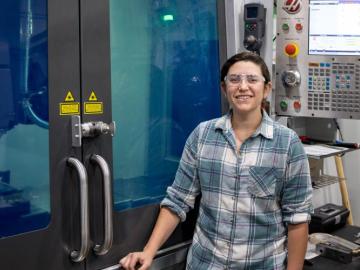
Growing up in Florida, Emma Betters was fascinated by rockets and for good reason. Any time she wanted to see a space shuttle launch from NASA’s nearby Kennedy Space Center, all she had to do was sit on her front porch.
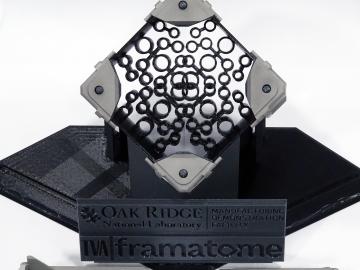
The Transformational Challenge Reactor, or TCR, a microreactor built using 3D printing and other new advanced technologies, could be operational by 2024.

Radioactive isotopes power some of NASA’s best-known spacecraft. But predicting how radiation emitted from these isotopes might affect nearby materials is tricky

It’s a new type of nuclear reactor core. And the materials that will make it up are novel — products of Oak Ridge National Laboratory’s advanced materials and manufacturing technologies.
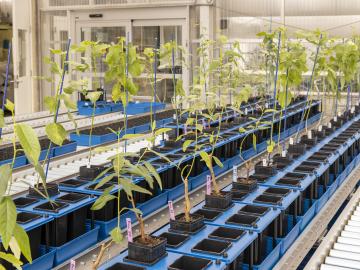
Scientists at the Department of Energy’s Oak Ridge National Laboratory have a powerful new tool in the quest to produce better plants for biofuels, bioproducts and agriculture.

Scientists at the Department of Energy Manufacturing Demonstration Facility at ORNL have their eyes on the prize: the Transformational Challenge Reactor, or TCR, a microreactor built using 3D printing and other new approaches that will be up and running by 2023.
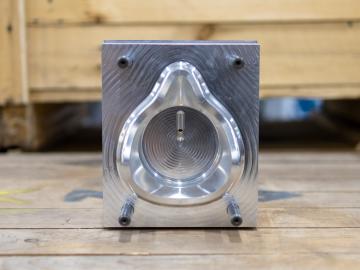
In the fight against the COVID-19 pandemic, it’s a race against the clock not only to find a vaccine but also to supply healthcare workers with life-saving equipment such as face shields, masks and test kits.

Suman Debnath, a researcher at ORNL, has been elevated to the grade of senior member of the Institute of Electrical and Electronics Engineers (IEEE).
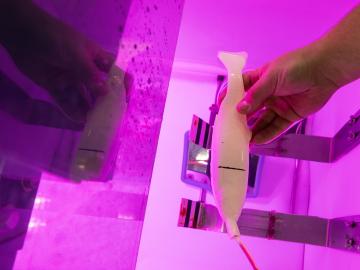
Hydropower developers must consider many factors when it comes time to license a new project or renew an existing one: How can environmental impacts be mitigated, including to fish populations?

Scientists at the Department of Energy’s Oak Ridge National Laboratory have developed a new method to peer deep into the nanostructure of biomaterials without damaging the sample. This novel technique can confirm structural features in starch, a carbohydrate important in biofuel production.


